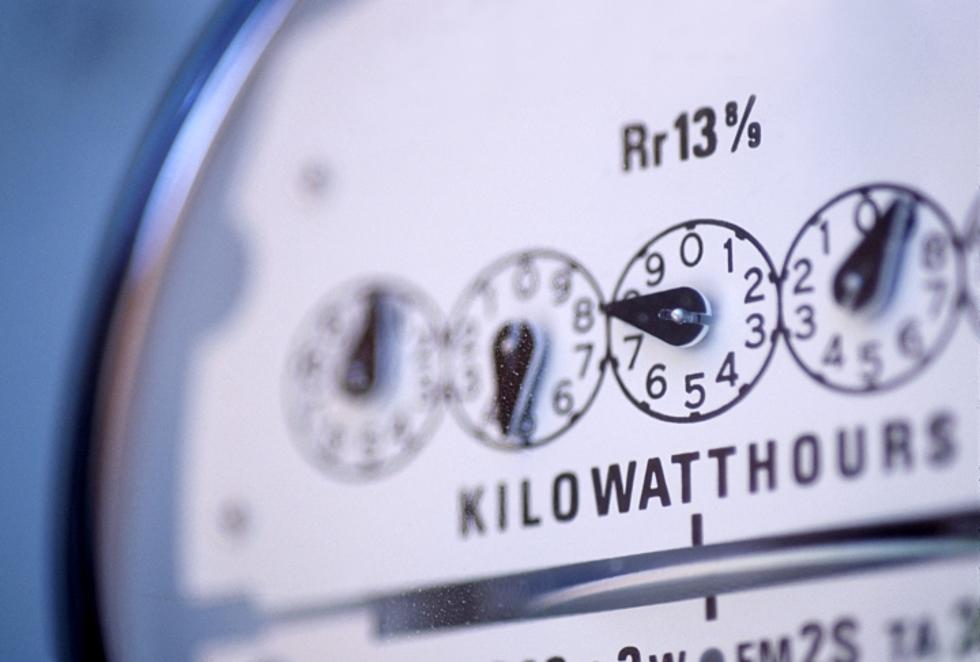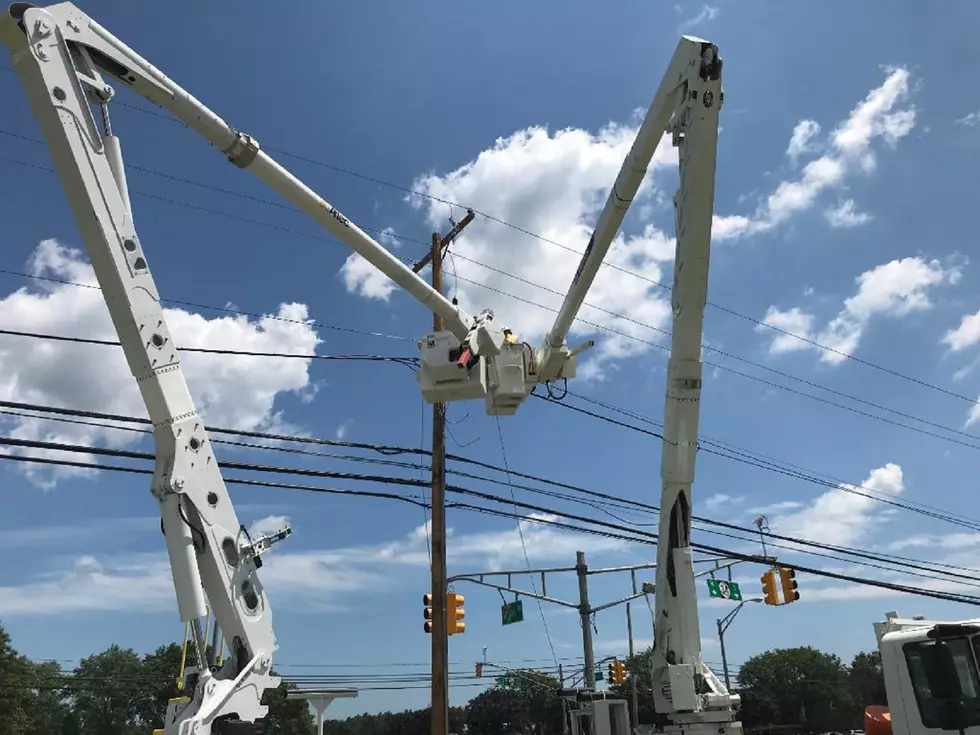
Thermovision Inspections help JCP&L Improve Maintenance and Service
Don't be alarmed if you see JCP&L hard hat workers pointing box-shaped cameras at power lines and transformers.
Spokesman Ron Morano says the utility is using thermographic cameras to capture infrared images that can detect certain problems on wires and other equipment that might not be apparent during regular, visual inspections.
"What these cameras do is they capture hot spots. These thermographic images tell us where maintenance repairs may be conducted prior to a power outage occurring," said Morano.
For instance, Morano explained, "If a line is hit by lightening and has pinholes that aren't apparent, the thermographic image will show through color images on a heat scale, a brighter spot that indicates a potential problem."
"Thermovision inspections save time and money and provide a unique perspective because they detect potential problems not visible to the naked eye," said Tony Hurley, JCP&L Vice President of Operations.
To date, thermographic inspections have been completed on more than 160 circuits throughout JCP&L's northern and central New Jersey service areas, with an additional 200 cities expected to be completed by year-end.
JCP&L conducts infrared inspections on all of its circuits on a four-year cycle. in addition, prior to the summer, JCP&L completed similar infrared inspections on transformers and capacitators located at all of its substations.
More From 92.7 WOBM









